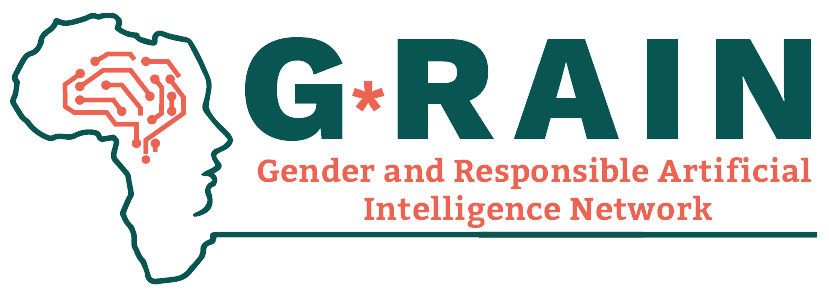COVID-19 has compounded a long-standing learning crisis in many African countries, where millions of children were already out of school before the pandemic.
Nigeria has the highest rate of out-of-school children, low literacy rates, and high inequalities between and within groups in terms of education access and learning outcomes. The pandemic further reduced school attendance by approximately 17%, particularly among adolescents aged 15 to 18, according to a working paper by Dessy et al. For many school-aged children, temporary school closures have become permanent.
Meanwhile, evidence suggests about half a year's worth of learning loss on average across the country. In other African countries with data, the learning loss ranges from eight months (South Africa) to two years (Uganda).
New thinking and innovations are required to rebuild Nigeria's education system. Based on our research and practice in the sectorwe have pinpointed five ways in which Nigeria's education sector can achieve an inclusive recovery from the pandemic:
1) Prioritise equity
The pandemic has disproportionately affected the most marginalised groups, and many are at risk of long-term exclusion. Many children who no longer attend school are from poorer backgrounds and reside in rural or remote areas. Technology to mitigate learning loss during the pandemic was often inaccessible to rural communities because of lack of electricity or internet connectivity as well as other financial or logistical constraints.
It is critical to prioritise the needs of the most vulnerable children because they are likely to require the most investment to recover from learning losses. At a time when state budgets are strained, a resource-efficient way to achieve this is to collaborate with grassroots organisations that support the most vulnerable communities at a local level.
2) Develop a data-driven education system
Data for performance monitoring and evidence-based research was critical to Nigeria's policy response during COVID-19. School closures, remote learning programmes, and school reopening were all guided by evidence. Most studies that tracked the impact of COVID-19-induced school closures found moderate to high learning loss depending on socio-economic background and settings.
Rapid learning assessment in the classrooms and at regional levels can help measure the extent and dimensions of COVID-induced learning loss. Remedial and reorientation programmes are more effective when designed with a good understanding of learning gaps. COVID-19 has shown us how important it is to have a learning assessment system; tools such as learning trajectories and surveys of enacted curriculum that equip teachers to transform learning assessments into practical classroom activities will also be crucial.
3) Align the curriculum to foundational learning
The education system in Nigeria, like most developing countries, tends towards an age-grade system centred on class or curriculum completion rather than knowledge acquisition. This creates a misalignment between curriculum and actual competencies, leading to higher schooling but lower learning. Reforms such as "Teaching at the Right Level" (TARL) that have been widely implemented in countries such as India and Kenya have sought to address these issues with a new system and slower curriculum centred on learning. While it is still emerging in Nigeria, the adoption rate and its impact on the education system have been low.
School disruption induced by COVID-19 is an opportunity to step-up learning recovery and ensure the curriculum aligns with classroom practices and assessments. The education system should focus more on foundational skills development, ensuring that children acquire the basic numeracy and literacy skills that are building blocks for a life of learning. In addition, the post-COVID-19 education system needs to be better prepared for shocks and technologically driven.
4) Increase support for the education workforce
The education workforce was affected by low morale and income shocks induced by COVID-19. Education sector recovery should include targeted social protection for the education workforce and parents. For parents, this includes maintaining the school feeding programme, providing subsidies for school materials such as uniforms and textbooks, and providing income shields for low-income households by expanding access to credit markets. For the education workforce, it is crucial to provide retraining that equips them to transition and adapt to the hybrid learning environment that COVID-19 has spurred. Cross-exchange of ideas on local innovations to recover learning loss will also be important. Globally, countries have been experimenting with ways to recover from the effects of the pandemic, and the education workforce in Nigeria needs to be exposed to what works, where and why. This can create the knowledge base for replication and scaling of innovation.
5) Build context-specific solutions
Nigeria's education system is variegated, and what works in one state or region may not work in others. For example, evidence suggests that while there are still substantial gender inequalities in access to education in Nigeria's Northern states, many Southern states have achieved gender parity in this area. Investing in, evaluating through, and learning from grassroots initiatives is important to understand context-specific challenges.
In a nation estimated to be losing 7 to 13 % of its GDP to low human capital development, we cannot overemphasise the role of education as a basis for achieving other Sustainable Development Goals. Focusing on these five dimensions will ensure that the approaches to building back better yield an outcomes driven, learning-focused and equitable education system in Nigeria.
This article was originally published by the OECD Development Matter blog and is part of an article cooperation with Southern Voice.
Not that long ago, people lived and functioned in tight communities. Every vendor knew their customers personally and could make...
This Machine Learning Glossary aims to briefly introduce the most important Machine Learning terms - both for the commercially and...




